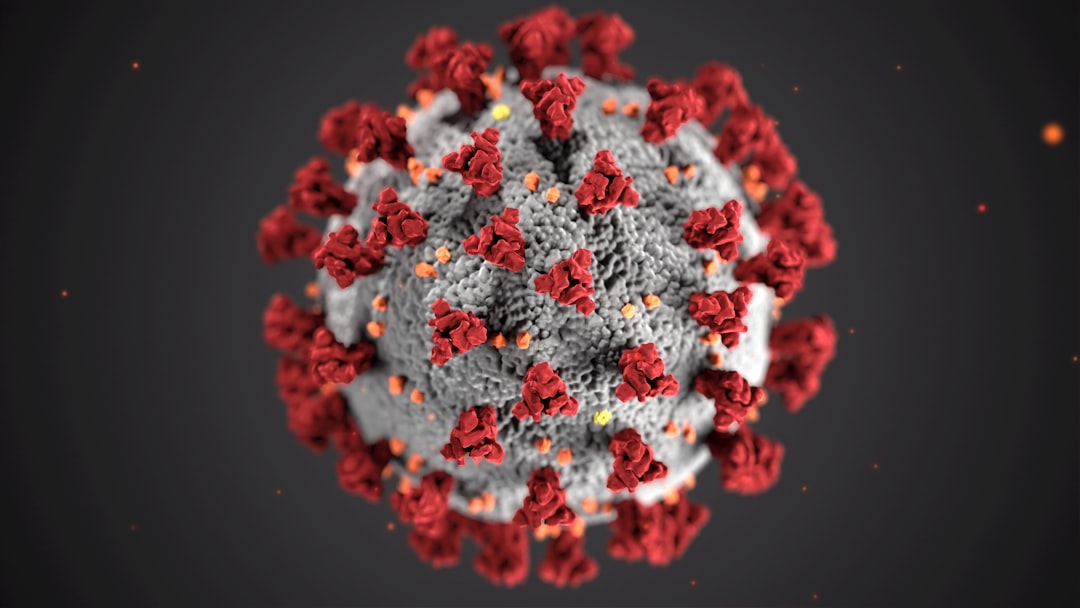What is it about?
Two Nature papers published 26 Nov 2015 back2back by Mike Jetten’s group in Nijmegen and Michi Wagner’s group in Vienna have independently discovered the existence of “comammox”, a complete ammonia oxidizing organism, that we predicted to exist on theoretical grounds. We called it “comammox” in honour of “anammox”, the anaerobic ammonia oxidizers discovered by Kuenen's group at the TU Delft in 1995. Our reasoning was in three steps: 1. There are no reasons why complete ammonia oxidation would not be biochemically and thermodynamically possible. 2. There would be a fitness benefit of the predicted higher growth efficiency of complete ammonia oxidation under biofilm conditions (you need to read the paper for more details). 3. Natural selection is amazingly powerful, if something is possible and has fitness advantages under some conditions, it will evolve.
Featured Image
Why is it important?
First of all, nitrification is interesting. It also happens to be important because it increases our understanding of the steps of the Nitrogen cycle, and affects e.g. plant growth, eutrophication of waters, and production of the greenhouse gas nitrous oxide.
Perspectives
When I was an undergraduate student, I learnt about nitrification, the oxidation of ammonia to nitrate, and that it was always carried out in two consecutive steps by two groups of organisms in a food-chain. I never understood why there isn't a single organism that can do both steps, and I could not find any explanation in the literature. Many years later, when I came across the kinetic theory of optimal pathway length, it clicked and I knew I had found the answer. I then got together with my colleague Julio Pérez, who had done mathematical modelling of nitrification and knew a lot more about the process, and together with his student Engràcia Costa, we worked out the details and published the opinion paper in TiM – Trends in Microbiology.
Dr Jan-Ulrich Kreft
University of Birmingham
Read the Original
This page is a summary of: Why is metabolic labour divided in nitrification?, Trends in Microbiology, May 2006, Elsevier,
DOI: 10.1016/j.tim.2006.03.006.
You can read the full text:
Resources
Contributors
The following have contributed to this page










